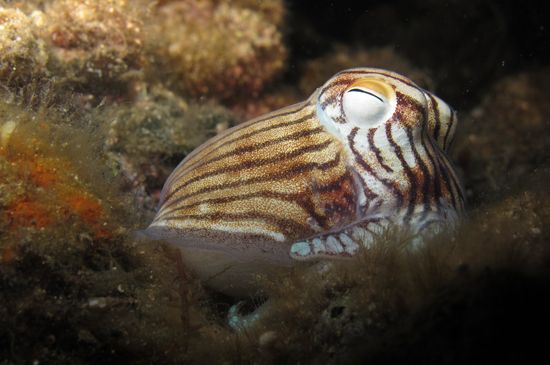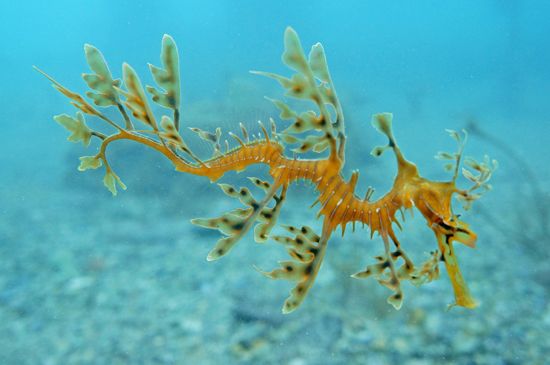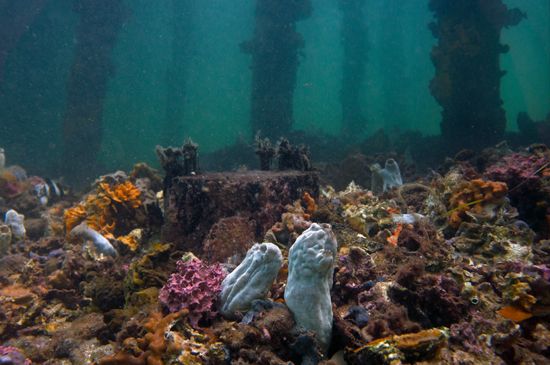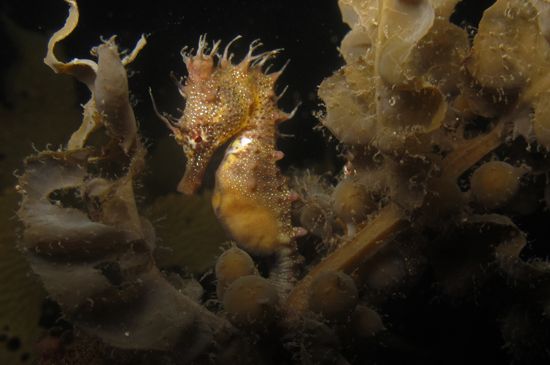Throughout my year as the Australasian OWU-SS Rolex scholar, I have had the privilege to dive and film some very special underwater locations around the world. Seeing for myself the stunning diversity of marine life that lives across this planet has really made me think more carefully than ever about how decisions that are made above the water can affect the longevity of important habitats and their inhabitants underwater.
In early December 2013, I returned briefly to my home state of South Australia. I was shocked to hear some news about what was happening in my own backyard. I was told that recreational divers had just witnessed a truckload of recently removed pylons leave one of my favourite local dive sites, Edithburgh Jetty on the Yorke Peninsula. It is Edithburgh that inspired my passion for scuba diving and where I have spent many hours underwater.

Over the past century, the structure of the Edithburgh jetty has acted as an artificial reef, supporting a wide variety of marine species. The jetty is considered one of South Australia’s most photogenic dive sites for its spectacular variety of colourful and charismatic marine species. The long established jetty pylons teem with marine life- from colourful sponges and corals, to a myriad of small fish, nudibranchs and crustaceans. Complex communities of marine life encrust and encircle each individual pylon which form the habitat and nursery area of a diverse range of species.

Once I heard the rumors of the pylon removal, I immediately threw my diving and underwater video equipment in the car and took the 3 hour drive from Adelaide to see if what I heard was really real and if so, to film and spread awareness of what happened down there. I noticed the damage immediately. On the seafloor surrounding the jetty laid scattered remains of pylon growth and as I continued down one side of the jetty, I was shocked to see rows of either ‘stumps’ of sawed off pylons, or holes where pylons had been completely pulled up from the substrate.

It was established that the Department of Planning, Transport and Infrastructure (DPTI) and District Council of Yorke Peninsula removed more than 50 pylons (roughly 13-14 per cent of pylon habitat), citing risk to public safety. However, shockingly, the local community was not consulted prior to the works commencing, nor was any consideration given to potential environmental impacts. It was clear to me that the pylons had not been individually assessed but rather systematically removed in a line right down each side of the jetty. During the dive I filmed the damage and the following evening I worked together with local conservationists to put together a press release for the media including this short video demonstrating the damage.
This news article and video clip was shown on the ABC evening news which features an audio byte from the Mayor of The Yorke Peninsula, Ray Agnew who said “We weren’t advised that there needed to be any public consultation”. This comment really disappoints me since he really should be well aware of the requirements to conduct an environmental assessment prior to such work, especially a site of such ecological significance. Also by this comment it is clear (and surprising) he isn’t aware of the major tourism value of the jetty and scuba diving tourism in general to the Yorke Peninsula.

It is little known that there is more diversity in the marine environment in Southern Australia, than any tropical reef in the world. There is so much to see underwater in South Australia, each dive is so incredibly unique and I know the diving here is highly under-rated. After seeing a wide range of threats to marine ecosystems on a global scale and how things have really gone wrong in many developing countries, it really puzzles me as to why we are not doing more in South Australia, in a well-educated, striving country to promote and protect our beautiful and valuable local marine life.

Since releasing this video in December demonstrating the extent of the damage, I have been contacted by many divers from overseas and interstate asking whether or not the Edithburgh Jetty it’s still even worth diving. I must emphasise the answer to this question is 100% yes! I still consider Edithburgh a world class dive site. Last week I returned to the site to see how things were looking down there and I am pleased to announce that despite the habitat loss, the site is still bursting with life and I would love to share with you in a short video some of the beautiful marine life I saw on one a single dive at Edithburgh last week.
